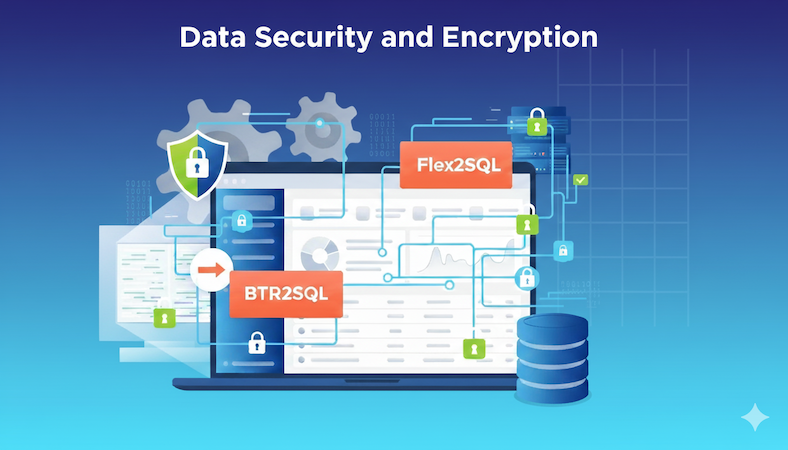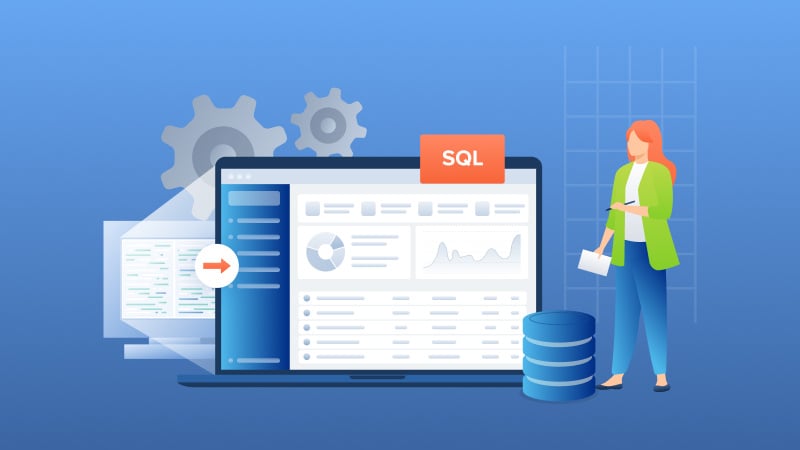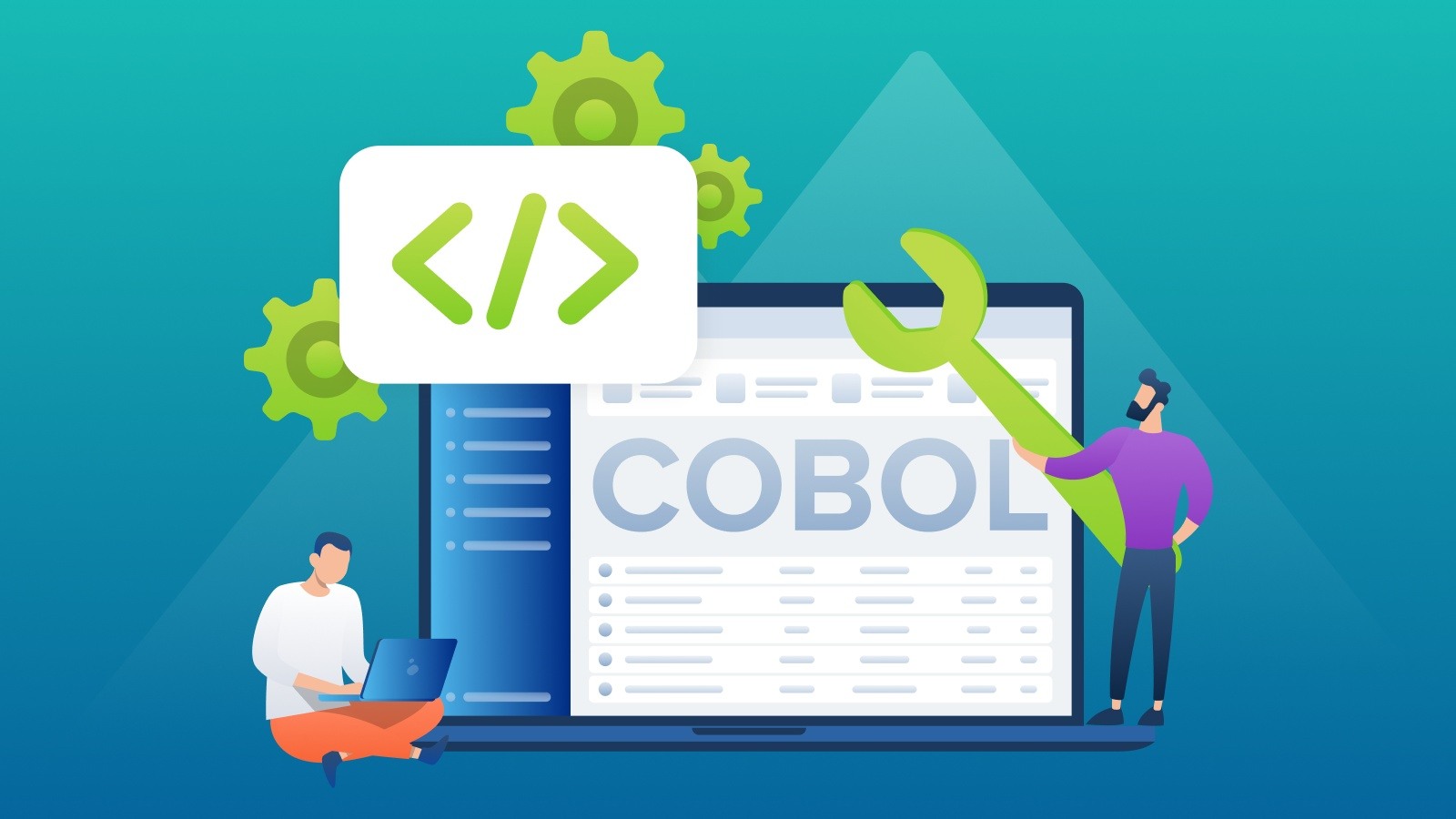Data Security with Flex2SQL and BTR2SQL Connectivity Products
The most common reason for Enterprises looking to migrate from legacy Btrieve or DataFlex databases is the urgent need to address security and...
6 min read
 Mertech
:
Feb 11, 2022 2:02:42 PM
Mertech
:
Feb 11, 2022 2:02:42 PM
.png)
Application modernization involves updating legacy applications to foster enhanced performance, security, and efficiency.
In our rapidly evolving digital landscape, it's no wonder that an astounding 85% of organizations are engaged in or planning application modernization projects.
Yet, this journey is far from straightforward. A staggering 79% of companies encounter different application modernization challenges, ranging from technical complexities, challenges in modernizing COBOL, and budget constraints.
These statistics highlight a crucial aspect: while most businesses recognize the need for application modernization, many struggle with execution.
But what exactly trips up most companies on this modernization mission?
Join us as we dive into the most common pitfalls and share expert strategies for successful application modernization.
Modernizing your applications is not just about updating software – it's realigning your entire operational framework to be more agile, competitive, and responsive to market demands.
However, this process is often complex and can encounter numerous obstacles – from compatibility issues with existing systems to unexpected technical complexities.
Understanding these challenges of application modernization is crucial as they can:
Moreover, these legacy application modernization challenges can have a cascading effect on your overall business strategy. For instance, a delayed modernization project can hinder a company's ability to quickly respond to market changes, impacting its competitive edge. Similarly, budget overruns due to unforeseen technical challenges can divert funds from other critical business initiatives.
That's why being well-versed in these challenges not only prepares you for a smoother modernization journey but also ensures that your investment in modernizing applications aligns with broader business objectives and strategies.
Anticipating application modernization challenges is crucial for effective risk mitigation and strategic planning. By understanding potential roadblocks, you can:
For businesses, the shift from legacy systems to modern, agile frameworks is a strategic move, yet it's riddled with complexities that can make or break their success.
Let's explore the common legacy application modernization challenges you can encounter and how to navigate them effectively.
Legacy systems, characterized by outdated code and technology, are difficult to update or maintain. Furthermore, the accumulated technical debt over years of use creates a complex web that hinders integration with newer, more agile systems.
The consequence?
A significant barrier to adopting modern technologies and practices that is potentially stalling the modernization process.
To navigate through the maze of legacy system complexities, you can adopt several techniques, including:
Data management poses a significant hurdle in application modernization, primarily due to the complexities of legacy data ecosystems and the inherent risks in data migration.
Key concerns include potential data loss, data corruption, and translating data formats from old systems to new ones. These issues, if not appropriately managed, can disrupt business operations and lead to significant setbacks in the modernization process.
You can tackle data management challenges by implementing:
Updating your applications often exposes new security vulnerabilities and potential compliance gaps, especially when transitioning to cloud-based systems or integrating with new technologies.
These risks can lead to data breaches, legal penalties, and damage to a company’s reputation.
Here are a few practical strategies you can use to tackle these key challenges in modernizing legacy applications:
Application modernization efforts often uncover significant skill gaps within organizations, especially when shifting towards cloud computing and microservices. This challenge is a result of the knowledge loss due to employee turnover, leading to a scarcity of expertise in both legacy and new technologies.
Compounding this issue, a report reveals that 94% of IT decision-makers feel the talent shortage is a top challenge to cloud success, and 86% say it will slow down their cloud projects. And if it weren’t so sad, it would be funny that 63% of IT decision-makers say it’s harder to find a qualified engineer than it is to find Bigfoot.
That paints a grim picture, but it explains why the skills gap keeps many Windows ISVs from migrating to the cloud. When they attempt to migrate to a cloud-native offering, they [CM2] quickly realize that their existing team can’t do the work, and finding qualified developers is costly and difficult, if not impossible.
To bridge the skills gap, you can focus your efforts on:
Strategic planning challenges (like budget limitations and organizational resistance to change) arise from the need to align modernization efforts with broader business objectives and the difficulty in predicting costs and outcomes accurately.
Additionally, internal resistance can stem from a reluctance to abandon familiar systems and workflows.
To alleviate the situation and resolve these strategic challenges, you should:
Ensuring that the new systems are adaptable and flexible enough to accommodate future technological changes and business needs is another major challenge.
Avoiding vendor lock-in is crucial to maintaining flexibility when choosing the best solutions as technology evolves. This way, organizations ensure their modernized applications can seamlessly evolve without being hindered by rigid structures or exclusive dependency on a single technology provider.
Eliminating flexibility concerns involves adopting strategies like:
Optimizing the technical infrastructure involves effectively managing and upgrading the technical environment. This may include transitioning to advanced containerized platforms like Kubernetes.
The challenge lies in ensuring that the infrastructure not only supports the modernized applications but also operates at peak efficiency without overutilization of resources.
To overcome technical challenges, you can:
In the quest for digital transformation, application modernization presents a series of intricate challenges, from legacy system complexities to strategic planning hurdles. These obstacles, while daunting, are not insurmountable and play a critical role in shaping the future of business technology.
If you need assistance in your application modernization journey, Mertech is here to help. We offer application modernization services that not only address immediate challenges but also pave the way for future growth and innovation.
Ready to upgrade your legacy applications?

The most common reason for Enterprises looking to migrate from legacy Btrieve or DataFlex databases is the urgent need to address security and...

Introduction Many independent software vendors (ISV) and corporate users still rely on applications that use a category of database collective called...

COBOL applications are the foundation of numerous essential business functions, especially within the banking, insurance, and government sectors....